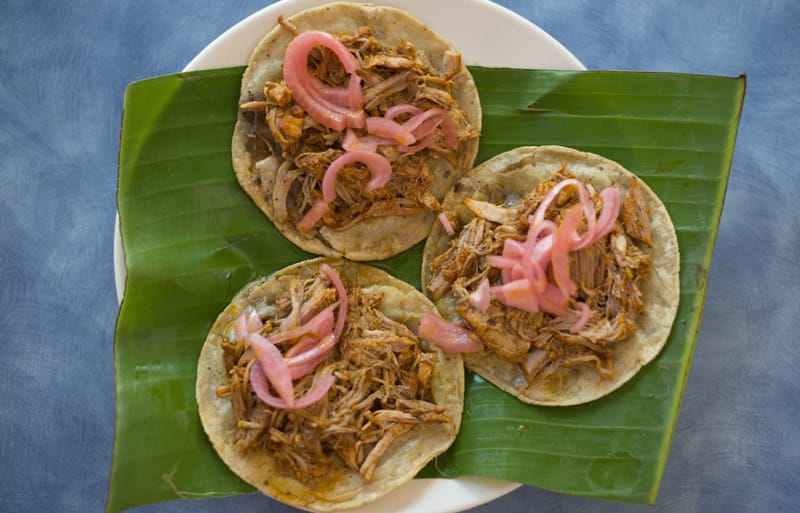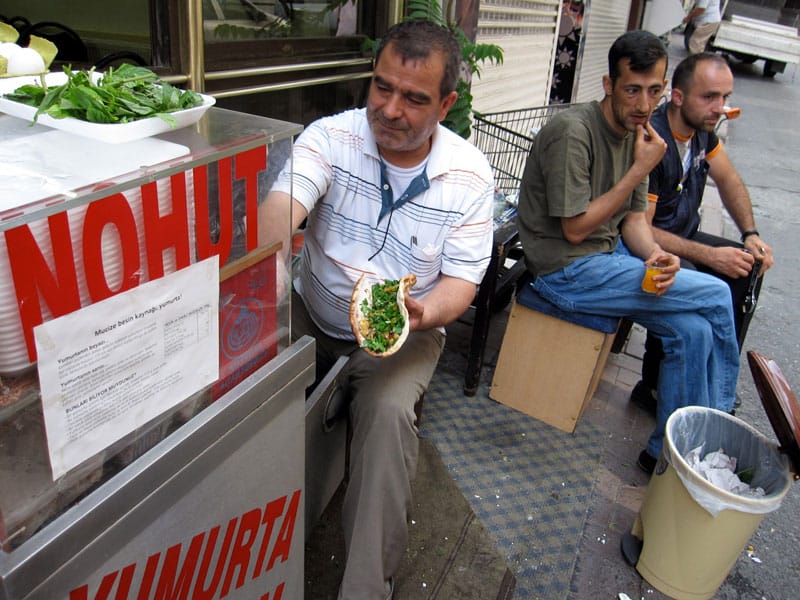Update: This spot is sadly no longer open.
The oldest suburb in Mexico City, Santa María la Ribera has seen better days, but it continues to surprise us with cultural and culinary discoveries. One of the most emblematic sites of this colonia is Alameda Poniente park, where, at the center, sits the beautiful Kiosco Morisco, a Porfirio Díaz-era pavilion that is often used as the backdrop for wedding and quinceañera photographs.
Right in front of the park is Máare, a Yucatecan restaurant that has been one of our most delicious discoveries in Santa Maria la Ribera. In business for more than eight years, this restaurant is the brainchild of José Ramón and Gabriela Castilla. Although José Ramón has lived in Mexico City for 25 years, he’s extremely proud of his Yucatecan heritage. Wearing an apron with the Republic of Yucatán flag, he told us how important food has been in his life and how much he enjoys cooking and sharing his family recipes with his clientele.
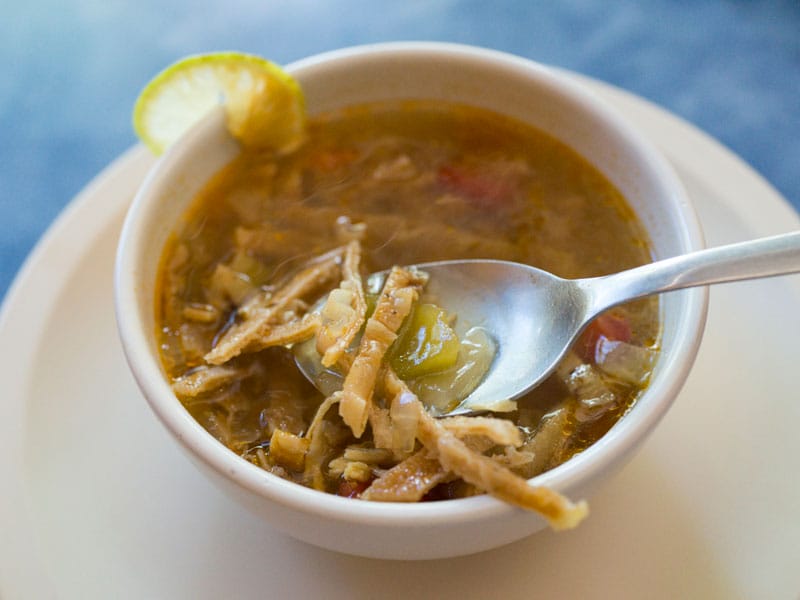
“The dishes we serve here are classic Yucatecan recipes,” he said. “Some come from my family and others have been taken from cookbooks and friends. However, the dishes that people seek out the most are sopa de lima and cochinita pibil.”
Lima agria, or sour lime, a fragrant citrus fruit that grows in the Yucatán, is used in many dishes, but the most popular is the soup made with turkey broth and served with fried tortilla strips. Pibil is a sauce made with achiote, a spice made from the red seed of the annatto tree, and is one of the most commonly used sauces in Yucatecan cooking. Besides cochinita pibil, or pulled pit-cooked pork, Máare also offers chicken and turkey cooked in this delectable sauce.
The spicy food may even make you say “Máare!” – an expression of surprise in the Yucatán
Yucatecan cooking is one of the spiciest in Mexico. The food at Máare keeps the heat to manageable levels, but each table holds a small wooden salsera with the fiery house salsa, made from habaneros, which will bring the Scovilles that the region’s food is known for. It might even make you say “Máare!” – an expression used in the Yucatán to show surprise and astonishment.
Máare serves other typical dishes, such as salbutes, fried tortillas topped with cochinita pibil, lettuce, pickled red onion, tomato and avocado; panuchos, similar to salbutes but with black refried beans; tamales yucatecos, filled with chicken or cochinita pibil; and chamorro pibil, a delicious pork shank cooked in that wonderful sauce.
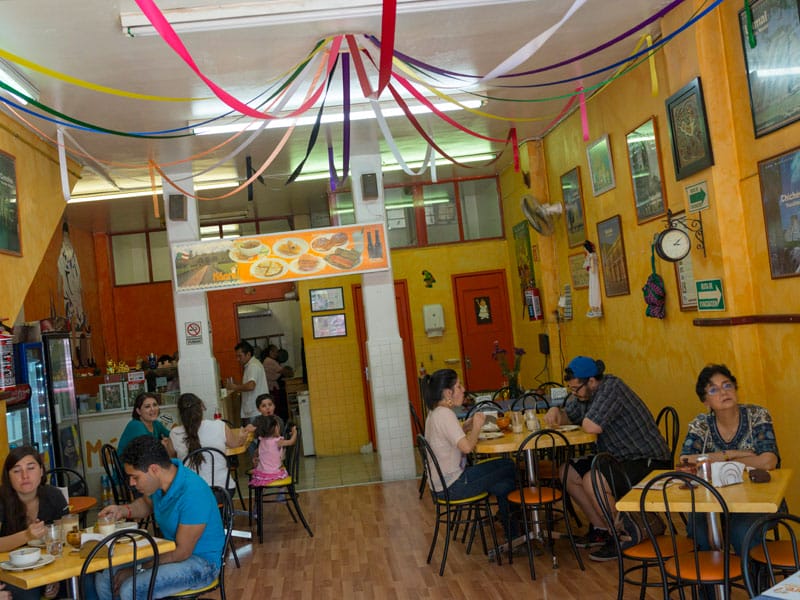
After one of our many delightful meals at this restaurant, José Ramón served us a shot of Xtabentún as a digestif. The Yucatecan anise and honey liquor also finds its way into Máare’s ambrosial flan, which comes in additional versions with cajeta, the Mexican version of dulce de leche, and au naturel. They’re the perfect sweet finish to take the edge off all that heat.
Editor’s note: To celebrate the ‘Year of the Neighborhood,’ we will be republishing dispatches from the less-visited areas – like Santa Maria La Ribera – that our correspondents are planning to explore this year. This article was originally published on April 25, 2014.
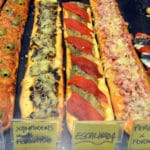 May 19, 2015 Coca de Recapte
May 19, 2015 Coca de Recapte
Coca is a word used in Catalonia and neighboring regions for many kinds of baked doughs […] Posted in Barcelona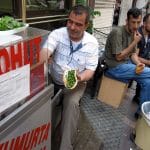 May 24, 2013 Istanbul’s Top Street Foods
May 24, 2013 Istanbul’s Top Street Foods
Editor’s note: This post wraps up our special series this week featuring our top street […] Posted in Istanbul October 6, 2015 CB on the Road
October 6, 2015 CB on the Road
In South Africa, many roads lead to boerekos. We chose the N7, the tar artery connecting […] Posted in Cape Town
Published on January 11, 2018
Related stories
May 19, 2015
BarcelonaCoca is a word used in Catalonia and neighboring regions for many kinds of baked doughs and pastries, both sweet and savory. The Catalan and Occitan word has the same root as “cake” and comes from the Dutch word kok, which entered the local lexicon during the reign of the Carolingians in Catalonia (759-809). Because…
May 24, 2013
IstanbulEditor’s note: This post wraps up our special series this week featuring our top street food picks in all of the Culinary Backstreets cities. As rapidly as Istanbul marches toward its modern destiny, street food in this city is still served the old-fashioned way, by boisterous ustas with a good pitch and, sometimes, a really…
October 6, 2015
Cape Town | By Marie Viljoen
Cape TownIn South Africa, many roads lead to boerekos. We chose the N7, the tar artery connecting Cape Town and Namibia. After winter rains, the barren land along the way – known as Namaqualand – bursts into spectacular, botanical hotspot bloom. The floral diversity here is unique. Also unique is the local food. Boerekos, or “farmers'…







































